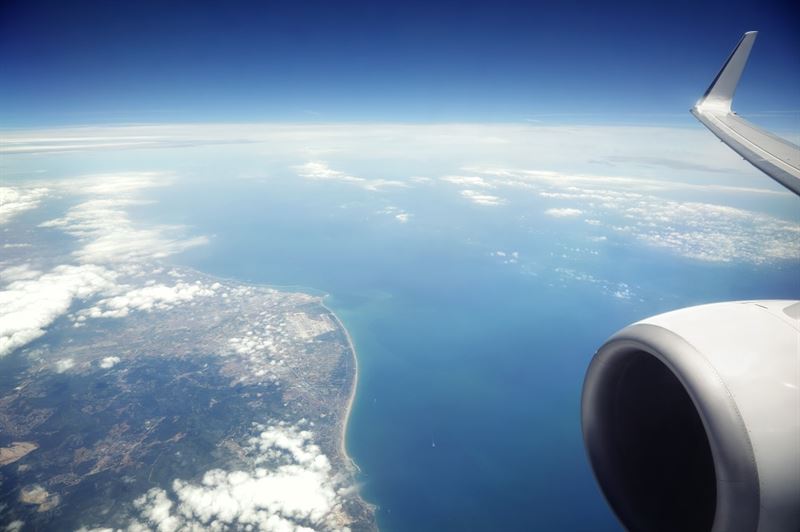Neste MY Renewable Jet Fuel has won an award for its role in reducing black carbon emissions in a competition jointly organized by the Climate Leadership Coalition, the Bioenergy Association of Finland, the Finnish Innovation Fund Sitra, the Finnish Environment Institute, and the Central Association of Chimney Sweeps. The purpose of the competition was to find examples of effective ways to reduce black carbon emissions. The competition was divided into five categories, and Neste won in the category for solutions reducing black carbon emissions.
The competition was part of a campaign aimed at speeding up emissions reduction, finding new solutions for reducing greenhouse gas emissions, and increasing understanding of how black carbon accelerates climate change.
“We are very pleased with this recognition for Neste MY Renewable Jet Fuel and its role in reducing black carbon emissions. Air traffic is a significant source of black carbon emissions, which is also the fastest growing mode of transportation worldwide. However, the amount of black carbon emissions from aviation fuel can be effectively reduced by using cleaner fuels such as Neste MY Renewable Jet Fuel”, says Neste’s Senior Vice President of Innovation, Lars Peter Lindfors.
The amount of air traffic worldwide is predicted to double over the next 20 years. According to a research by the United States National Aeronautics and Space Administration (NASA), the use of renewable fuels could significantly reduce particulate emissions from aircraft engines by as much as 70 percent. This prediction is comparable to the results that can be obtained with the use of renewable fuels in diesel engines.
Neste’s renewable jet fuel can be mixed with fossil fuel up to 50 percent, and so it has good potential to bring about a significant reduction in the amount of black carbon emissions from aviation. More detailed research on the impact of renewable aviation fuel on particulate emissions is ongoing.
The Arctic regions are warming more than twice as fast as the planet on average. Approximately 20–25 percent of Arctic warming is caused by black carbon, which is made of very fine soot dust. Black carbon particulates heat up the atmosphere, and when they fall to earth on snow and ice they absorb sunlight, which accelerates the melting of ice and snow.
Black coal particulates are emitted through the use of wood, coal and other biomass as fuel in households, transportation, machinery, power plants, as well as through the burning of surplus oil and gas in oil fields.







